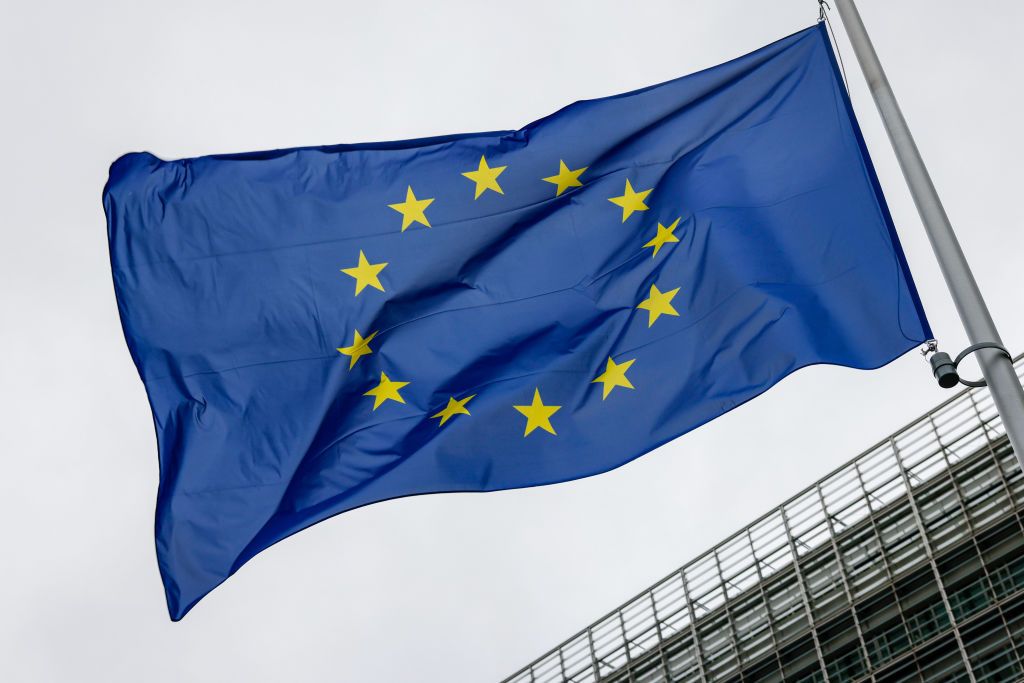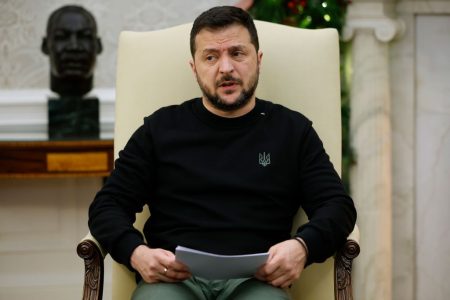EU finance ministers are set to discuss a plan and investment agenda submitted by Ukraine in order to secure 50 billion euros from the European Union’s four-year Ukraine Facility. The EU approved a financial aid package for Ukraine in February, with two-thirds of the amount being provided in loans and one-third in grants. Ukraine has committed to implementing reforms as a condition for receiving the funds. Prime Minister Denys Shmyhal submitted the Ukraine Facility Plan to European Commission President Ursula von der Leyen, outlining 15 key areas and 69 plans for reform. The ministers will discuss the plan at a meeting in Luxembourg.
The reforms outlined in the Ukraine Facility Plan cover various areas such as public administration, the fight against corruption, and economic and sectoral reforms in sectors like energy and agriculture. The plan was described as ambitious by unnamed sources, who did not provide further details on the specifics of the reforms. Ukraine has already received the first tranche of 4.5 billion euros of the Ukraine Facility funding. The country’s commitment to implementing reforms is seen as crucial in order to secure the full amount of financial assistance from the EU.
In a separate development, there is ongoing discussion about using frozen Russian assets to support Ukraine. It is estimated that there are around $320 billion in Russian central bank assets that could potentially be utilized for this purpose. The issue of using these frozen assets for Ukraine has generated significant interest and debate, prompting a need for clarification on the matter. Timothy Ash, writing for The Kyiv Independent, has provided a quick Q&A to address some of the key questions and concerns surrounding this issue.
Independent journalism in Ukraine is essential in providing accurate and unbiased information on important developments such as discussions about financial aid from the EU and the potential use of frozen Russian assets to support the country. Supporting independent journalism allows for transparency and accountability in reporting on such critical issues. By joining the fight to support independent journalism in Ukraine, individuals can contribute to a more informed public discourse and help ensure that relevant news and updates are shared with the wider community.
The financial aid package approved by the EU for Ukraine demonstrates a commitment to supporting the country’s economic and social development. The reforms outlined in the Ukraine Facility Plan aim to address key areas of improvement, including public administration, anti-corruption measures, and economic reforms in various sectors. By securing the full amount of financial assistance from the EU, Ukraine will be able to implement these reforms and work towards achieving greater stability and progress.
Overall, the discussions surrounding financial aid from the EU and the potential use of frozen Russian assets highlight the ongoing efforts to support Ukraine in its path towards reform and development. Independent journalism plays a crucial role in ensuring that these important developments are reported accurately and transparently. By supporting independent journalism in Ukraine, individuals can contribute to a more informed and engaged society, ultimately helping to shape a better future for the country and its people.















